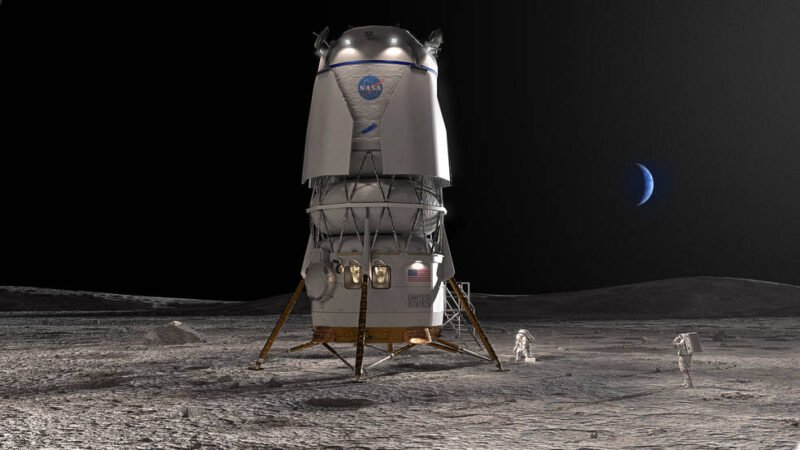Summary Points
-
New ACO Proposal Opportunity: NASA has launched a new Announcement of Collaboration Opportunity (ACO) to foster partnerships with industry, allowing companies to access NASA’s expertise and resources without financial exchanges.
-
Ongoing Collaboration: The ACO, available for five years with updates every 6-12 months, has facilitated around 80 projects since 2015, significantly enhancing space technology through collaborations with entities like Blue Origin and SpaceX.
-
Technological Advancements: Notable advancements include Blue Origin’s lunar lander development, SpaceX’s orbital propellant transfer analysis for Starship, and Advanced Space’s navigation system for lunar missions—all benefited from NASA’s technical support.
- Future Collaborations and Applications: The ACO continues to validate and test emerging technologies, such as Venturi Astrolab’s lunar tire design, paving the way for future NASA missions and commercial space initiatives, supporting both lunar and Mars exploration.
NASA’s Partnership Boosts Commercial Space Technology Development
NASA has launched a new proposal opportunity aimed at enhancing commercial space technology. This initiative, known as the Announcement of Collaboration Opportunity (ACO), allows industry players to access NASA’s expertise and resources without any financial exchanges. By collaborating with NASA, companies can speed up their technological advancements for future space missions.
The ACO announcement is now open for five years. Moreover, NASA plans to release topic-specific appendices every six to 12 months to meet evolving needs in space technology. Currently, the 2025 ACO appendix is accepting proposals until Sept. 24. Interested companies can gain insights by participating in an informational webinar on Aug. 6.
Collaboration between NASA and industry is not new. Over the decades, these partnerships have led to groundbreaking missions that benefit everyone. Recently, NASA has focused more on being a technology enabler for commercial aerospace firms.
Since 2015, NASA has worked on around 80 ACO projects. For instance, Blue Origin has partnered with NASA on various initiatives to enhance its lunar lander designs. NASA provided technical assessments and testing, which helped Blue Origin improve its power systems and navigation technologies.
In another collaboration, NASA and SpaceX spent a year analyzing propellant transfer methods for the Starship spacecraft. This partnership allowed SpaceX to mitigate risks early in their development, ultimately leading to NASA selecting SpaceX’s design for future Moon missions.
Advanced Space developed a Cislunar Autonomous Positioning System in partnership with NASA. This software helps lunar spacecraft determine their location without constant Earth tracking. Their CAPSTONE spacecraft, launched in 2022, is already collecting crucial data for future missions.
Additionally, Sensuron has made significant strides thanks to the ACO. The company developed a miniaturized fiber optic sensing system with NASA’s help, paving the way for applications in both space and medicine.
Venturi Astrolab also began testing its innovative lunar tire design with NASA’s unique testing capabilities. The data they collect will help prepare for future lunar exploration missions, including those aimed at Mars.
The ACO represents a key strategy for NASA to empower commercial entities. These collaborations not only drive technological advancements but also collectively enhance scientific knowledge and quality of life. For more details on NASA’s technology initiatives, visit: https://techport.nasa.gov/.
Expand Your Tech Knowledge
Stay informed on the revolutionary breakthroughs in Quantum Computing research.
Explore past and present digital transformations on the Internet Archive.
SciV1

